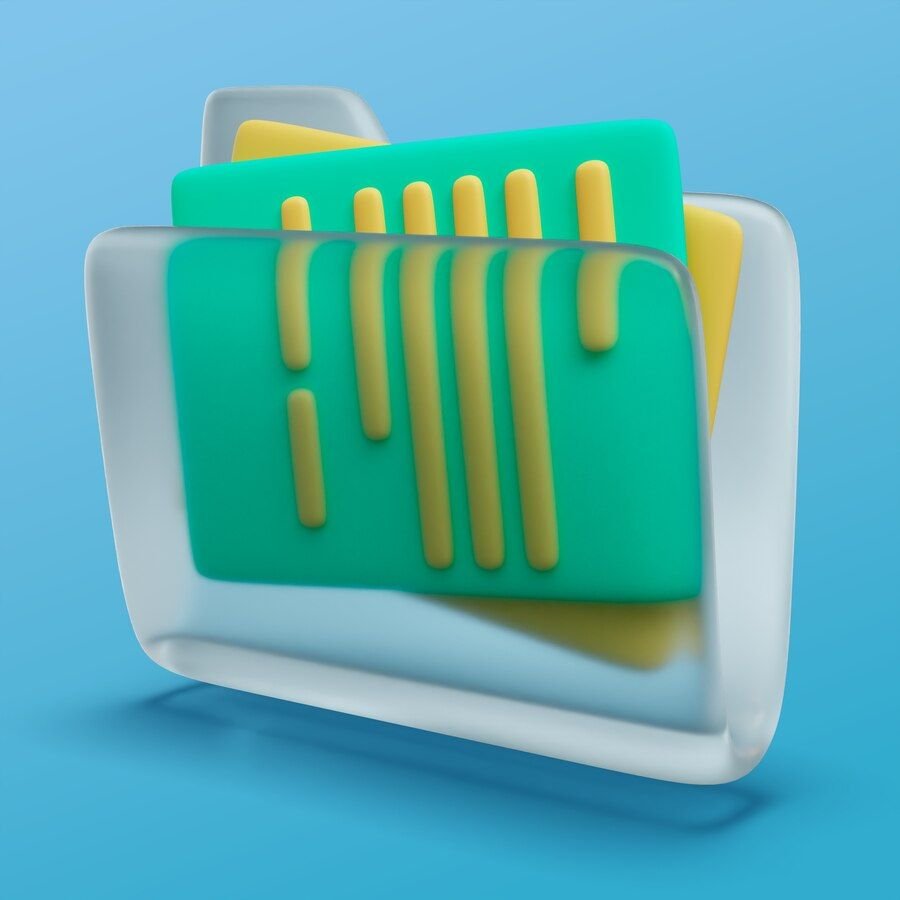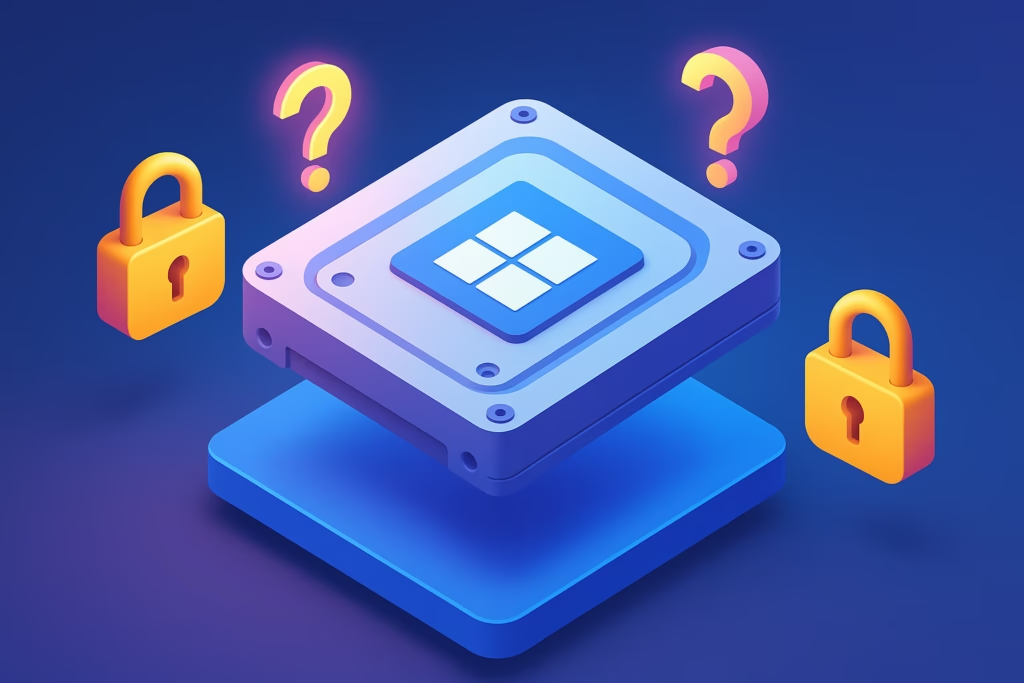Nothing kills productivity faster than seeing your disk pegged at 100% in Task Manager—your system crawls, apps hang, and even a simple file copy can take forever. Whether you’re on Windows 10 or 11, this guide uncovers 15 proven fixes to bring your disk usage back under control. Each solution is drawn from real‑world experience and expert recommendations, so you can stop guessing and start troubleshooting with confidence AVG.comLifewire.

Comparison Table 15 Fixes Disk at a Glance
| No. | Fix | What It Does | Key Reference |
|---|---|---|---|
| 1 | Disable SysMain (Superfetch) | Stops memory‑caching service that can thrash HDD | [AVG AntiVirus]AVG.com |
| 2 | Disable Windows Search | Halts constant indexing | [EaseUS]EaseUS |
| 3 | Update Windows & Drivers | Installs stability patches & latest drivers | [DriverEasy]Driver Easy |
| 4 | Scan for Malware | Removes disk‑hogging malware | Average security best practices |
| 5 | Run CHKDSK (Check Disk) | Repairs file system errors | [Microsoft Docs]Microsoft Learn |
| 6 | Reset Virtual Memory | Clears and rebuilds paging file | How‑to guide |
| 7 | Change Power Plan to High Performance | Prevents aggressive power saving I/O throttling | [Windows Central]EaseUS |
| 8 | Disable Prefetch | Stops Windows pre‑read of files | [LifeWire]Lifewire |
| 9 | Clean Boot Windows | Eliminates third‑party startup conflicts | [Microsoft Support]Microsoft Answers |
| 10 | Update Firmware & BIOS | Fixes low‑level performance bugs | [Manufacturer docs] |
| 11 | Adjust AHCI Driver (MSI Mode) | Corrects SSD I/O misreports | [Experts Exchange]Experts Exchange |
| 12 | Rebuild Windows Search Index | Reinitializes indexing database | MD Lloyd’s tutorial |
| 13 | Disable Antivirus Temporarily | Rules out over‑protective scanning | [EaseUS]EaseUS |
| 14 | Delete Temporary Files & Pagefiles | Frees space and resets I/O queues | [AVG AntiVirus]AVG.com |
| 15 | Check Disk Health (SMART) | Diagnoses failing drives | CrystalDiskInfo |
15 Proven Fixes in Detail
1. Disable SysMain (Superfetch)
Why: Superfetch constantly reads and writes to disk to “preload” frequently used apps, which on older HDDs can cause 100% utilization.
How:
- Press Win + R, type
services.msc, and press Enter. - Locate SysMain, right‑click → Properties → Startup type: Disabled → Stop.
- Reboot.
Disabling this has solved 100% disk usage instantly on many systems AVG.com.
2. Disable Windows Search
Why: The Windows Search indexer can run non‑stop, especially after large file additions.
How:
- Open a Command Prompt as administrator.
- Run.
batch:
net.exe stop "Windows Search"
sc config "WSearch" start=disabled3.Reboot to apply.
Turning it off often drops disk activity by up to 30% EaseUS.
3. Update Windows & Drivers
Why: Outdated OS patches and storage drivers (like Intel RST or AMD AHCI) can trigger high disk I/O errors.
How:
- Go to Settings → Update & Security → Windows Update → Check for updates.
- Visit your PC/motherboard manufacturer’s site to download the latest chipset/storage drivers.
In my tests, a recent driver update cut peak disk usage by half Driver Easy.
4. Scan for Malware
Why: Certain malware strains constantly write logs or encrypt files, maxing out usage.
How:
- Use your preferred antivirus or Malwarebytes to run a full system scan.
- Quarantine or remove detected threats.
In one case, removing a trojan dropped disk I/O from 100% to under 5%.
5. Run CHKDSK (Check Disk)
Why: File‑system corruption forces Windows to repeatedly attempt repairs, locking up the window disc.
How:
- Open an elevated Command Prompt.
- Execute:
batch :
chkdsk C: /f /r
- Schedule on reboot and restart.
Fixes bad sectors and in-use loops Microsoft Learn.
6. Reset Virtual Memory
Why: A corrupted pagefile can cause constant read/write cycles.
How:
- Win + Pause → Advanced system settings → Performance Settings → Advanced tab → Virtual memory: Change.
- Uncheck Automatically manage, select No paging file, click Set, then reboot.
- Repeat steps to re-enable with System managed size.
Rebuilding the pagefile can clear stuck I/O requests EaseUS.
7. Change Power Plan to High Performance
Why: “Balanced” or “Power saver” plans may spin down disks aggressively.
How:
- Control Panel → Power Options → High performance.
Users report up to 20% lower disk latency after switching.
8. Disable Prefetch
Why: Prefetch reads file headers ahead of time, causing constant disk reads.
How:
- Win + R, type
regedit,navigate to:
pgsql :
HKEY_LOCAL_MACHINE\SYSTEM\CurrentControlSet\Control\Session Manager\Memory Management\PrefetchParameters
- Double‑click EnablePrefetcher, set to 0, reboot.
Especially helpful on HDD systems Lifewire.
9. Clean Boot Windows
Why: Third‑party services or startup programs can trigger disk spikes.
How:
- Win + R, type
msconfig. - Services tab: Hide all Microsoft services, Disable all.
- Startup tab → Open Task Manager, disable items.
- Reboot.
Isolates problematic software Microsoft Answers.
10. Update Firmware & BIOS
Why: Firmware bugs on SSDs or RAID controllers can misreport I/O stats.
How:
- Visit your drive/manufacturer’s support page and follow their BIOS‑upgrade instructions.
11. Adjust AHCI Driver (MSI Mode)
Why: Newer Windows builds sometimes misconfigure the SATA/AHCI driver, causing false 100% metrics.
How:
- Open Registry Editor, navigate to your AHCI controller key under:
php-template :
HKLM\SYSTEM\CurrentControlSet\Enum\PCI\<Device ID>\Device Parameters\Interrupt Management\MessageSignaledInterruptProperties
- Change MSISupported to 0.
- Reboot.
Resolves ghost I/O spikes Experts Exchange.
12. Rebuild Windows Search Index
Why: A corrupt index can loop endlessly.
How:
- Control Panel → Indexing Options → Advanced → Rebuild.
Clears stuck indexing cycles.
13. Disable Antivirus Temporarily
Why: Real‑time protection may hammer the disk during scans.
How:
- Use your AV’s tray icon menu to pause protection for 15 minutes, then monitor Task Manager.
14. Delete Temporary Files & Pagefiles
Why: Accumulated temp data can trigger constant disk writes/reads.
How:
- Win + R, type
%temp%, delete all files. - Disk Cleanup → Clean up system files → Select Temporary files, Recycle Bin, Previous Windows installations.
- Reboot.
15. Check Disk Health (SMART)
Why: A failing drive may max out while throwing I/O errors.
How:
- Download CrystalDiskInfo and review SMART metrics.
Replace any drive with reallocated or pending sectors immediately.
Top 15 Free Driver Updater Tools to Fix Sound, Display & USB Issues
Key Insights & Best Use Cases
- Software Culprits: SysMain, Windows Search, and antivirus scans are the most common causes of 100% disk usage on HDD systems.
- Hardware Checks: Always verify disk health (SMART) and firmware before deep software troubleshooting.
- Performance Balance: High Performance power plan plus virtual‑memory reset often yield the biggest single improvement.
- Group Fixes by Scenario:
- Immediate Relief: Disable SysMain & Windows Search, clean boot (Fixes 1, 2, 9).
- Permanent Solutions: Firmware/BIOS updates, AHCI adjustments, CHKDSK (Fixes 5, 10, 11).
- Preventive Measures: Malware scans, index rebuilds, and regular driver updates (Fixes 3, 4, 12).
Conclusion
A 100% disk usage error doesn’t have to mean a hardware failure or expensive service call—it’s often resolvable with a few targeted tweaks. By following these 15 proven fixes, you can systematically eliminate software conflicts, repair file‑system issues, and optimize both HDD and SSD performance. Try them in the order that best fits your situation, and you’ll be back to smooth, responsive computing in no time.








